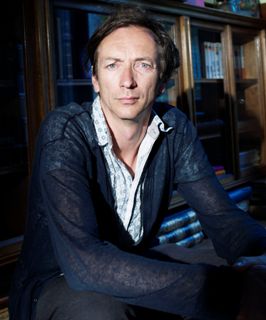One of the excitements of composing for prepared piano is the constant sense of discovery: When you attach objects to the strings of a standard piano, there’s really no predicting the sonic result. For example, when German pianist Volker Bertelmann, who performs as Hauschka, sets two dozen ping-pong balls to bounce on a concert grand’s strings as he plays, they add a rather menacing, rattling shimmer to the piano toneimagine a cast-iron tambourine three feet across. (It looks completely silly, but sounds unsettling.) Other items in his arsenal include shish-kebab skewers, all manner of clips and clamps, and duct tape, all masking or enhancing the piano’s natural ring into startling colors. He often expands his prepared-piano compositions into opulent techno symphonies by layering on electronic tracks and dance beats with the help of a circle of collaborators, as in his just-released album Salon des amateurs. And in his Seattle visit, Hauschka’s bringing the technique back to its birthplace: It was right here at Cornish College of the Arts, during John Cage’s two-year tenure (1939-41), that the composer hit upon the idea of altering a piano’s tone, searching for a wider palette of sounds than Cornish’s tiny auditoriumwith room only for one piano to accompany a dance recitalcould accommodate. GAVIN BORCHERT
Wed., April 20, 7:30 p.m., 2011




